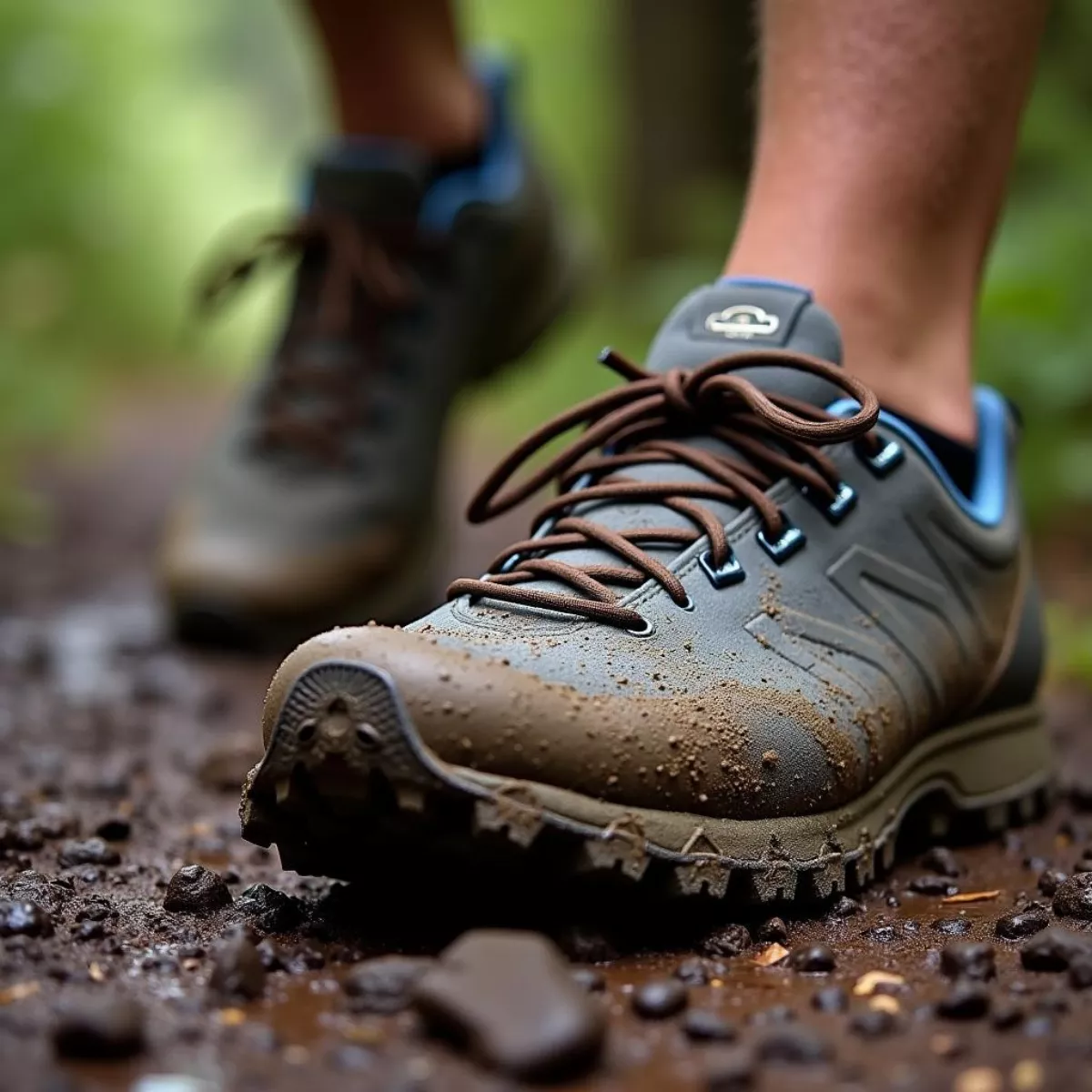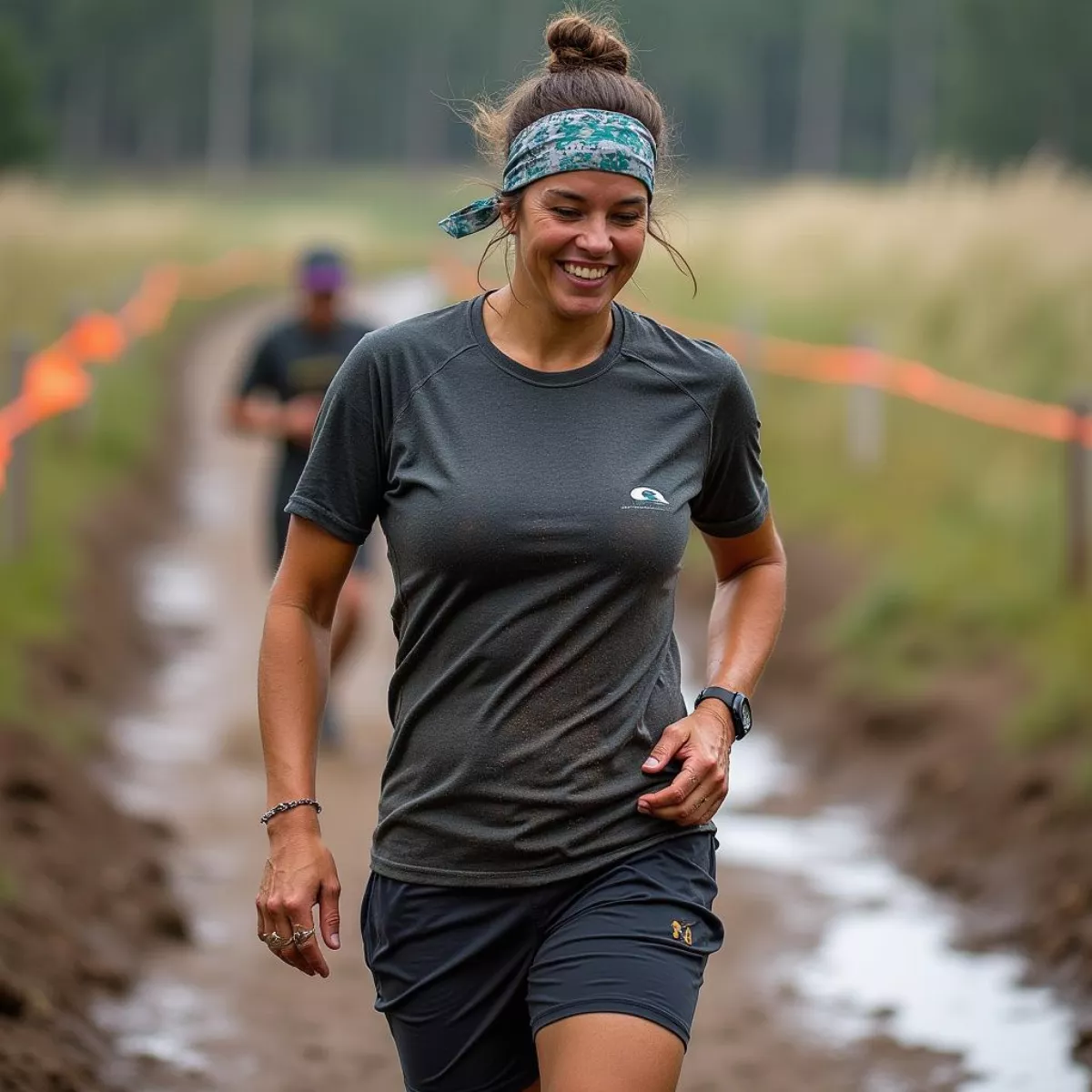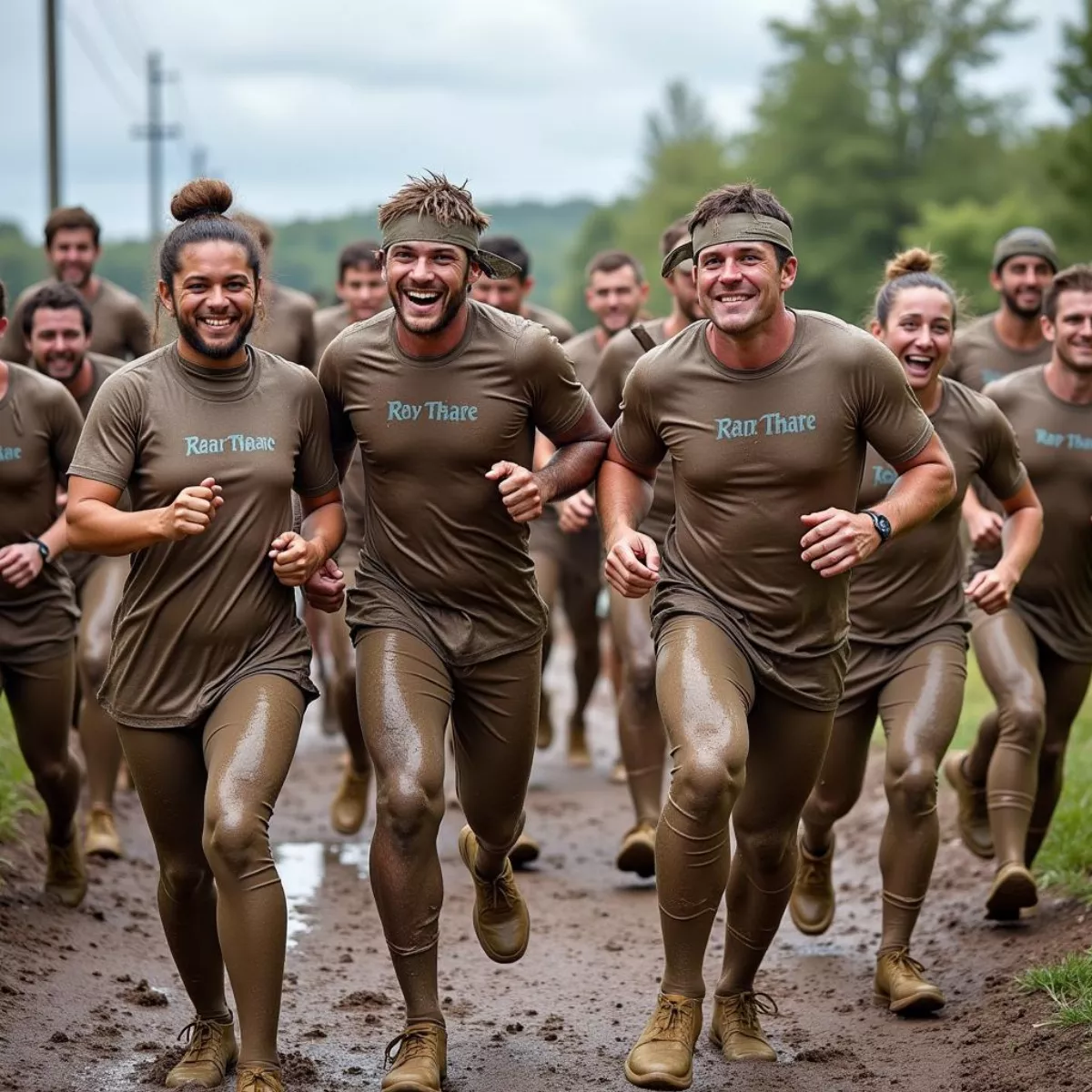Are you ready to dive into the world of mud runs? These exhilarating races, filled with obstacles and a whole lot of mud, require a unique approach when it comes to your race day attire. In this comprehensive guide, we’ll break down what to wear to a mud run, so you can stay comfortable and focused while tackling those squishy, slippery challenges. So, let’s get muddy—and stylish!
Why Choosing the Right Outfits Matters
Before we dive into specifics, let’s talk about why having the right clothing can make or break your mud run experience. The primary goals include:
- Comfort: Staying comfortable is essential, especially if you’re running in wet and slippery conditions.
- Protection: Proper gear can protect you from injuries, scrapes, and the elements.
- Performance: Lightweight and functional clothing can enhance your performance on the course.
The Essential Outfit Components
1. Footwear
Your choice of shoes can significantly impact your run. Here’s what to consider:
- Waterproof and Breathable: Look for shoes designed specifically for mud runs or off-road races. Brands like Merrell and Salomon offer excellent options.
- Grip: Opt for trail running shoes with deep tread patterns for solid traction on slippery surfaces.
- Quick-Drying: Choose materials that won’t hold water. Wet shoes can become heavy and uncomfortable.
 Mud Run Footwear
Mud Run Footwear
2. Clothing Upper Body
When it comes to tops, you want something lightweight and moisture-wicking. Here are a few suggestions:
- Technical T-Shirts: Lightweight, breathable shirts designed for sports can keep you cool and comfortable. Look for synthetic fabrics that dry quickly.
- Compression Clothing: These types of shirts can help with muscle support and decrease muscle fatigue.
- Long Sleeves: If you’re facing thorny obstacles, consider wearing long sleeves for protection.
3. Bottom Wear
Your pants or shorts play a crucial role in your overall comfort during a mud run.
- Shorts: Opt for synthetic shorts that are lightweight and quick-drying. Inseams of 5-7 inches are ideal for mobility.
- Leggings: If you prefer coverage, look for compression leggings or capris that offer breathability and stretch.
 Mud Runner Attire
Mud Runner Attire
4. Accessories
Don’t forget about your accessories! Here’s what to consider:
- Socks: Invest in moisture-wicking socks, preferably with some cushioning to avoid blisters.
- Headbands or Caps: A good headband can keep sweat out of your eyes, while a cap can shield your face from the sun.
- Gloves: Lightweight gloves can protect your hands during climbs and crawls.
5. Optional Gear
Consider adding the following for extra comfort or protection:
- Hydration Packs: If the run is longer, consider a small hydration pack for easy access to water.
- Knee Pads and Elbow Pads: Use protective gear if you’re concerned about injuries when crawling.
- Gaiters: They can help keep mud and debris out of your shoes and socks.
Tips for After Your Mud Run
Once you cross that finish line, the mud doesn’t just wash away instantly. Here’s how to clean up properly:
- Rinse Off Immediately: If possible, head straight to a rinse station. The sooner you clean up, the less dirt and grime will stick.
- Clothing Care:
- Rinse out your gear before throwing it in the wash.
- Use a stain remover for any stubborn mud stains.
- Proper Footwear Care:
- Remove the insoles and rinse your shoes separately.
- Allow them to air dry—never put them in the dryer!
 Post Mud Run Cleaning
Post Mud Run Cleaning
Key Takeaways
- Footwear: Choose water-resistant, grippy shoes.
- Upper Body: Wear lightweight, moisture-wicking tops.
- Bottom Wear: Opt for quick-drying shorts or leggings.
- Accessories: Don’t forget socks, caps, and optional protective gear.
- Post-Race Care: Rinse off immediately and properly clean your gear.
FAQ About Mud Run Attire
Here are some frequently asked questions to help you further refine your selection of mud run gear:
1. Can I wear regular running shoes for a mud run?
While you can wear them, regular running shoes may not provide enough grip and can become overly wet and heavy.
2. Are cotton clothes suitable for a mud run?
Cotton absorbs moisture and takes a long time to dry. It’s best to avoid cotton and stick with synthetic materials.
3. Should I wear long sleeves or short sleeves?
It depends on the weather and personal preference. Long sleeves offer more protection, but short sleeves might keep you cooler in warm weather.
4. How do I prevent blisters during a mud run?
Choose moisture-wicking socks and break in your footwear beforehand. Apply anti-chafing products to known friction areas.
5. Is it okay to wear old clothes?
While old clothes can be re-purposed, ensure they are functional and won’t hinder your performance or comfort.
6. Do I need to bring a change of clothes?
Absolutely! Post-race, you’ll want clean, dry clothes to change into.
7. Are there any specific brands recommended for mud runs?
Brands like Merrell, Salomon, and Nike produce excellent mud run gear focusing on durability and performance.
8. Should I wear gloves during the race?
If the course includes obstacles, gloves offer hand protection and improve grip.
9. What if the weather forecast calls for rain?
Rain could lead to muddier conditions. Plan to wear water-resistant gear and possibly a lightweight rain jacket, but remember it may soak through.
10. Can you wear costumes for themed mud runs?
Absolutely! Many mud runs are themed, and costumes can add to the fun. Just ensure you can move freely and that the outfit is made from appropriate materials.
 Themed Mud Run Costumes
Themed Mud Run Costumes
By following these guidelines for what to wear to a mud run, you’ll set yourself up for success, comfort, and a whole lot of fun! Now that you’re equipped with the right knowledge, it’s time to get out there and embrace the muddy fun like a pro! Don’t forget to check out our other guides for tips on training and nutrition for your upcoming adventure. Happy running!

